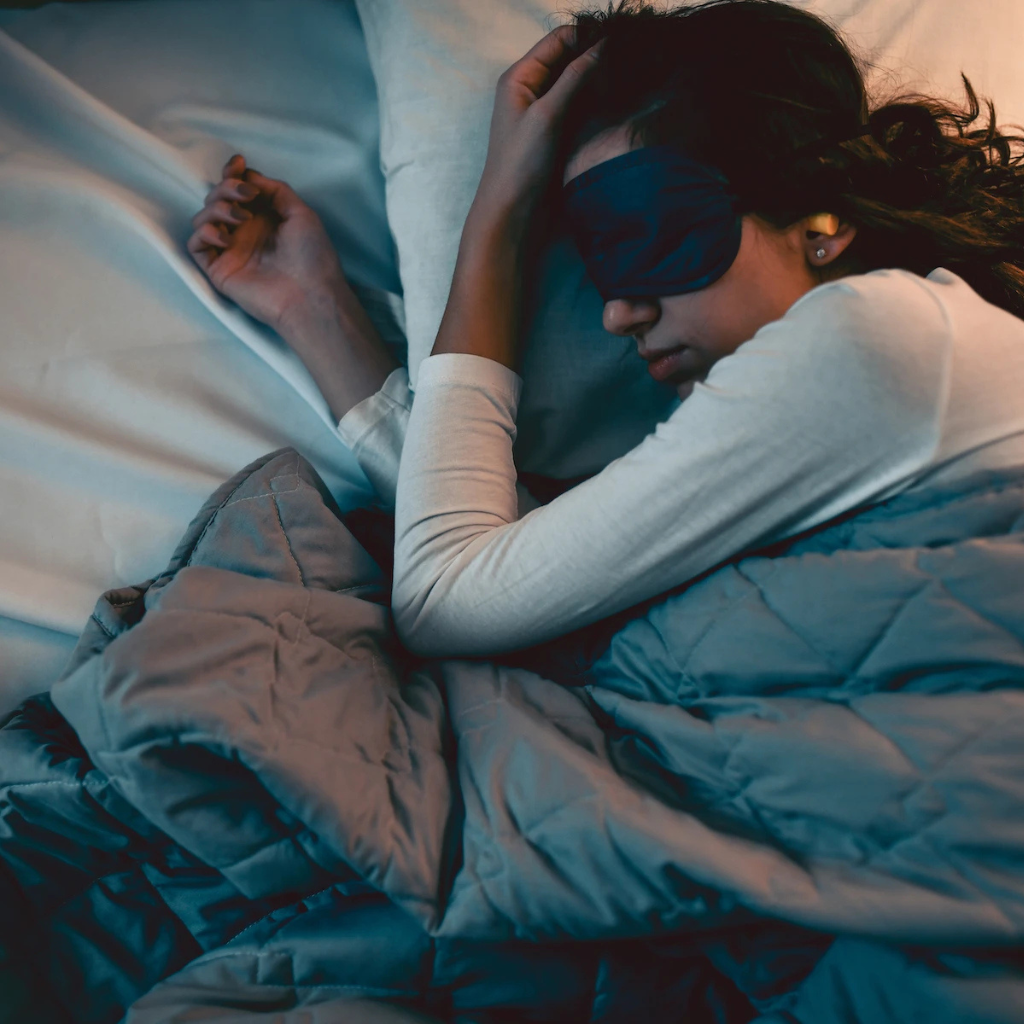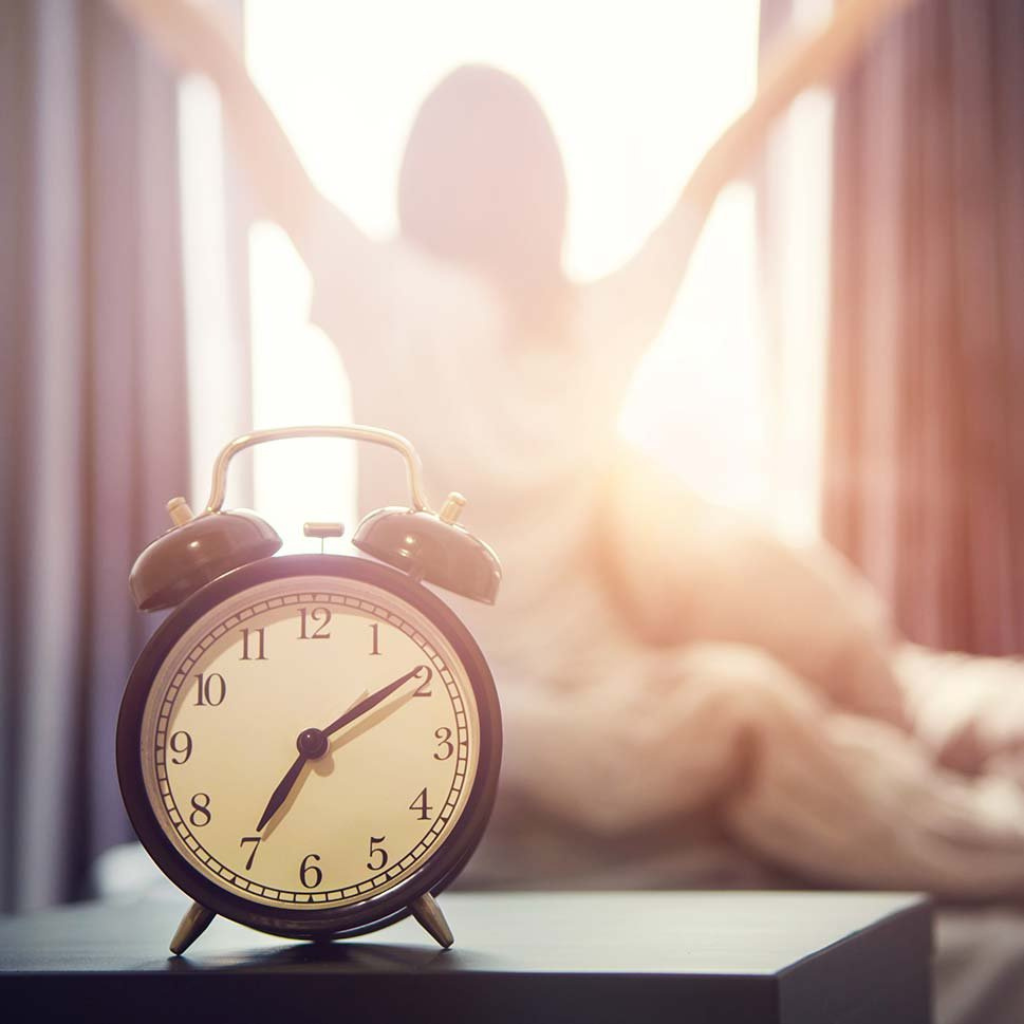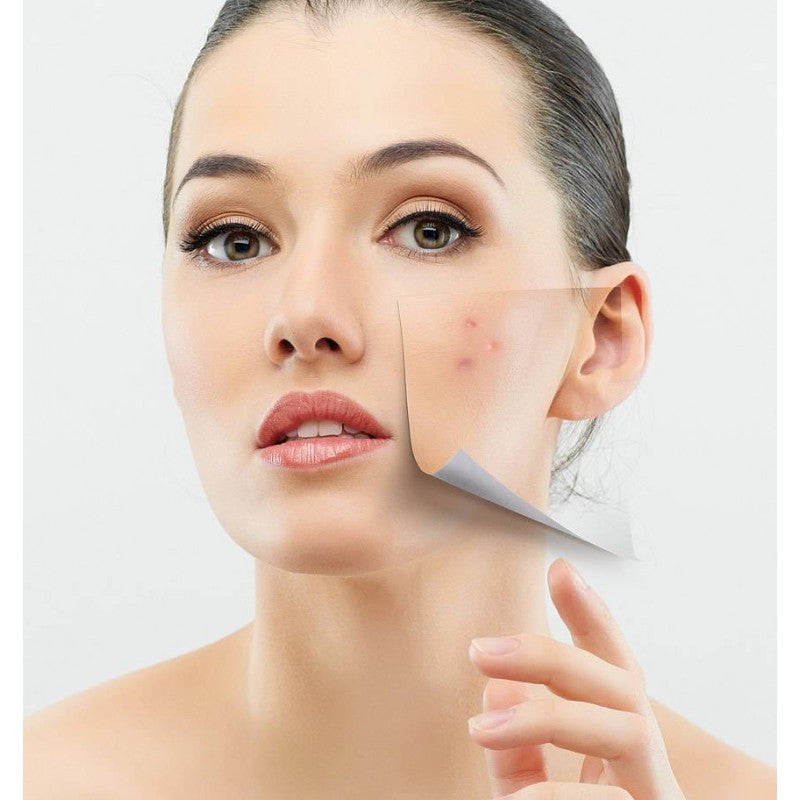Your Evening Routine

Are you looking to revamp your evening skincare routine for healthier, glowing skin? Follow these expert guidelines to ensure you are making the most of your nighttime skincare regimen.
5 Guidelines for an Effective Nighttime Skincare Routine
- Your evening skincare routine should be slightly different from your morning skincare routine. That’s because your skin has different needs at different times of day (did you know your skin has its own circadian rhythm?). Daytime is all about protection. Nighttime is all about repair.
- The main focus of your nighttime routine should be to provide your skin with what it needs to aid in repair processes.
- You should try to perform your routine rather quickly. In fact, you have a one-minute window after cleansing to apply your next product. Otherwise, you risk moisture loss. I call this the “Golden Minute Rule.”
- Don’t skip out on moisturiser at night, thinking you’re skin needs to “breathe.” Your skin doesn’t have a respiratory system, so this is a myth. If you skip moisturizer, you’re setting your skin up for water loss.
- As I said before, it’s so important to choose products formulated for your specific skin type! If you don’t know your skin type, take the Skin Type Quiz to find out.
How Your Skin Functions in the Evening
During the evening, your skin goes into repair mode, making it the perfect time to apply skincare products that can work their magic overnight. Cell turnover is higher at night, allowing for better absorption of active ingredients.
- Skin cells have the lowest water content
- The skin’s natural barrier function decreases, which means the skin is more permeable
- Your skin’s detox enzymes are released
- The rate of cell growth and division increases
- Mitochondrial energy is renewed
- DNA repair and renewal processes are active
The Correct Order To Apply Nighttime Skincare Products
Step 1: Cleanse
At night, you need to use a cleanser to wash away all the sunscreen, makeup, and sebum that has collected on your skin throughout the day. Did you know that it’s thought that the face is the dirtiest part of the body since we tend to unknowingly touch our faces, transferring dirt and bacteria, throughout the day?
I always suggest using a cleansing lotion like Calm Cleanser as part of a nighttime skincare routine. The reason I recommend this (and not a foaming gel cleanser) is because it does a better job of dissolving makeup, sunscreen, dirt, and debris. It’s important to apply them to dry skin, so they don’t become diluted. This way, the emollients in the cleanser will attach themselves to emollients used in makeup to properly break them down.
Only after you’ve massaged a cleansing lotion onto dry skin for 30 seconds, wet your fingers, and massage through once more. From there, rinse with water, and give your skin a final wipe with a soft washcloth. The result? Clean, fresh-feeling skin.
Step 2: Mask (Optional)
Many people like to use a mask as part of their nighttime skincare routine, and I’m one of them. A mask is beneficial for resetting the skin—especially if you’ve been on an airplane, wearing makeup, had a lot of sun exposure, or are experiencing breakouts. After cleansing at night, apply a mask and leave it on anywhere from 5-20 minutes. Rinse well and proceed to the next step.
I alternate between a few different masks depending on what my skin needs. Here are the masks I recommend:
- If you’re experiencing breakouts, use the Clarify Detox Mask
- If you want to clear pores and refresh oily/combination skin, use the Purify Mask
- For moisturising dry skin, use the Soothing Hydrogel Mask
Step 3: Tonic
Toners are misunderstood, but they are very important to use and serve many purposes for the skin. In fact, they are great gentle exfoliators. Just make sure you’re using an alcohol-free toner, as they’re generally more gentle and hydrating than alcohol-based toners. The latter are often drying and irritating, especially to sensitive skin types.
Apply all over the face using a thin toning cloth or cotton pad to avoid product waste. Leave it damp on the skin and go to the next step.
Step 4: Serum
Using a specialised serum at night will go a long way. That’s because the skin’s permeability is increased at night, which means it’s able to absorb products more efficiently. Use one that you get from a reputable and ingredient-focused skincare brand and that contains active ingredients to give the skin what it needs to support its natural repair processes overnight.
One serum I recommend to my clients and I personally use is the B-Strong Serum. It contains a powerful blend of peptides, B vitamin antioxidants, and skin-hydrating Hyaluronic Acid. Just like with any serum, I apply it, let it absorb for 60 seconds, and then move on to moisturiser.
Step 5: Moisturiser
I don’t believe there is really such a thing as a “night cream.” In my opinion, a night cream is any moisturiser that doesn’t include sunscreen. They don’t have to be greasy or heavy (it’s a myth that a heavy moisturiser is better for wrinkles), but it does need to be formulated for your specific skin type.
If you don’t know your skin type, take the Skin Type Quiz! At the end of it, you’ll get a personalised moisturiser recommendation.
Step 6: Eye Cream (Optional)
I’m a huge believer in eye creams, especially when it comes to a nighttime skincare routine. After all, the skin in the eye area is thinner than the skin in other areas of the face. That’s one of the reasons why it’s often the very first area to show visible signs of ageing like lines and wrinkles.
While the use of nourishing eye cream, like the Multi Peptide Eye Creme, is important to keep the area firm and moisturised, eye cream alone isn’t enough.
Step 7: Spot Treatment (Optional)
If you want to spot treat breakouts, take a damp cotton swab or tissue and wipe the area to remove the skincare products that you just applied. Then, apply the spot treatment and let it dry. That’s it! That’s all it takes to effectively spot treat breakouts in your nighttime skincare routine.
Step 8: Face Oil (Optional)
Face oil is a great way to prevent moisture evaporation for people with dry skin types or those who live in low-humidity climates. If it’s applied on top of a moisturiser, it acts as a protective seal to keep moisture locked in the skin.
It’s essential that you use face oil as the very last step in your routine. Many people make the mistake of using face oil too early, which can cause problems and render your products less effective. Read more about how to properly use face oil.
Frequently Asked Questions
Here are a few FAQs I get asked concerning people’s nighttime skincare routines.
Can I Use the Same Cleanser Both Morning and Evening?
If you don’t wear makeup, you can use a gentle foaming cleanser twice a day. However, if you do wear makeup, I recommend using a cleansing cream in the evening. Even if you don’t wear makeup, you should be wearing sunscreen, and cleansing lotions are better at removing that, too.
Do You Recommend Layering Your Serums
I actually prefer that my clients cycle their serums rather than layer. The skin can only absorb so much, and the efficacy of the individual serums can be reduced. After 25-30 yrs old, I recommend incorporating a retinol product to your routine.

This should be incorporated slowly to avoid a retinoid response (redness, dryness,peeling) see my post on introducing retinol
There you have it. If you follow my advice and perform your evening skincare routine with the right products for your skin type and in the right order, you’ll get the very best results!


